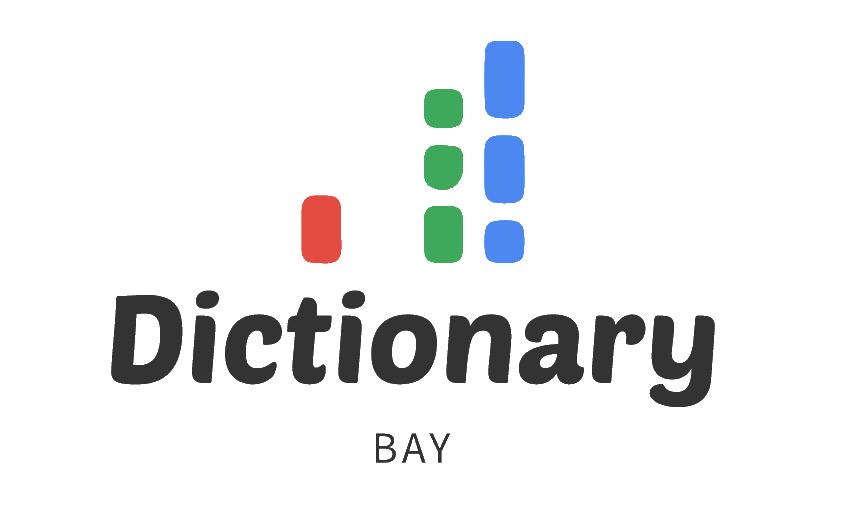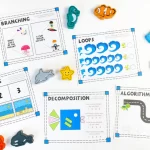Introduction to Digital Literacy
As the world becomes increasingly interconnected through digital technology, digital literacy has emerged as a critical skill for students. Digital literacy refers to the ability to effectively navigate, evaluate, and create information using digital technology. By incorporating digital literacy into education, we can prepare students for a digital future and ensure their success in an ever-evolving technological landscape.
The Importance of Digital Literacy in Education
Digital literacy is crucial for students’ personal and professional lives. It enables them to access and analyze information, communicate effectively, and solve complex problems using digital tools. In addition, digital literacy promotes critical thinking and problem-solving skills, which are essential for success in the 21st century.
Educators must prioritize digital literacy in their curricula to bridge the digital divide and provide equal opportunities for all students. Edutopia highlights the importance of digital literacy in education and provides valuable resources for teachers.
Integrating Digital Literacy into the Curriculum
There are several ways to integrate digital literacy into the curriculum. Here are some strategies to help educators effectively incorporate digital literacy in their classrooms:
Teach Basic Computer Skills
Educators should teach students basic computer skills, such as typing, using word processors, and navigating the internet. Common Sense Education offers a comprehensive digital citizenship curriculum that covers essential computer skills and online safety.
Develop Critical Thinking Skills
Teaching students to critically evaluate online information is a vital aspect of digital literacy. Educators should encourage students to question the credibility of sources, identify biases, and determine the accuracy of information.
Promote Collaboration and Communication
Digital tools can facilitate collaboration and communication among students. By using platforms such as Google Docs, students can work together on projects and share ideas. Teachers can also leverage video conferencing tools like Zoom to enhance communication and engage remote learners.
Encourage Creativity and Problem Solving
Digital literacy includes the ability to create content using digital tools. Educators can foster creativity by encouraging students to use multimedia tools, such as video editing software and graphic design programs. In addition, introducing students to coding and programming languages can help develop problem-solving skills.
Overcoming Challenges in Implementing Digital Literacy
Although integrating digital literacy into education is essential, it can present several challenges. Limited access to technology, budget constraints, and lack of teacher training are common obstacles. However, there are resources available to help educators overcome these challenges. ISTE provides professional development opportunities, resources, and a supportive community to help educators implement digital literacy in their classrooms.
Conclusion
Digital literacy in education is crucial for preparing students for a digital future. By integrating digital literacy into the curriculum and providing resources for teachers, we can ensure that students develop the skills necessary to thrive in an increasingly digital world.


